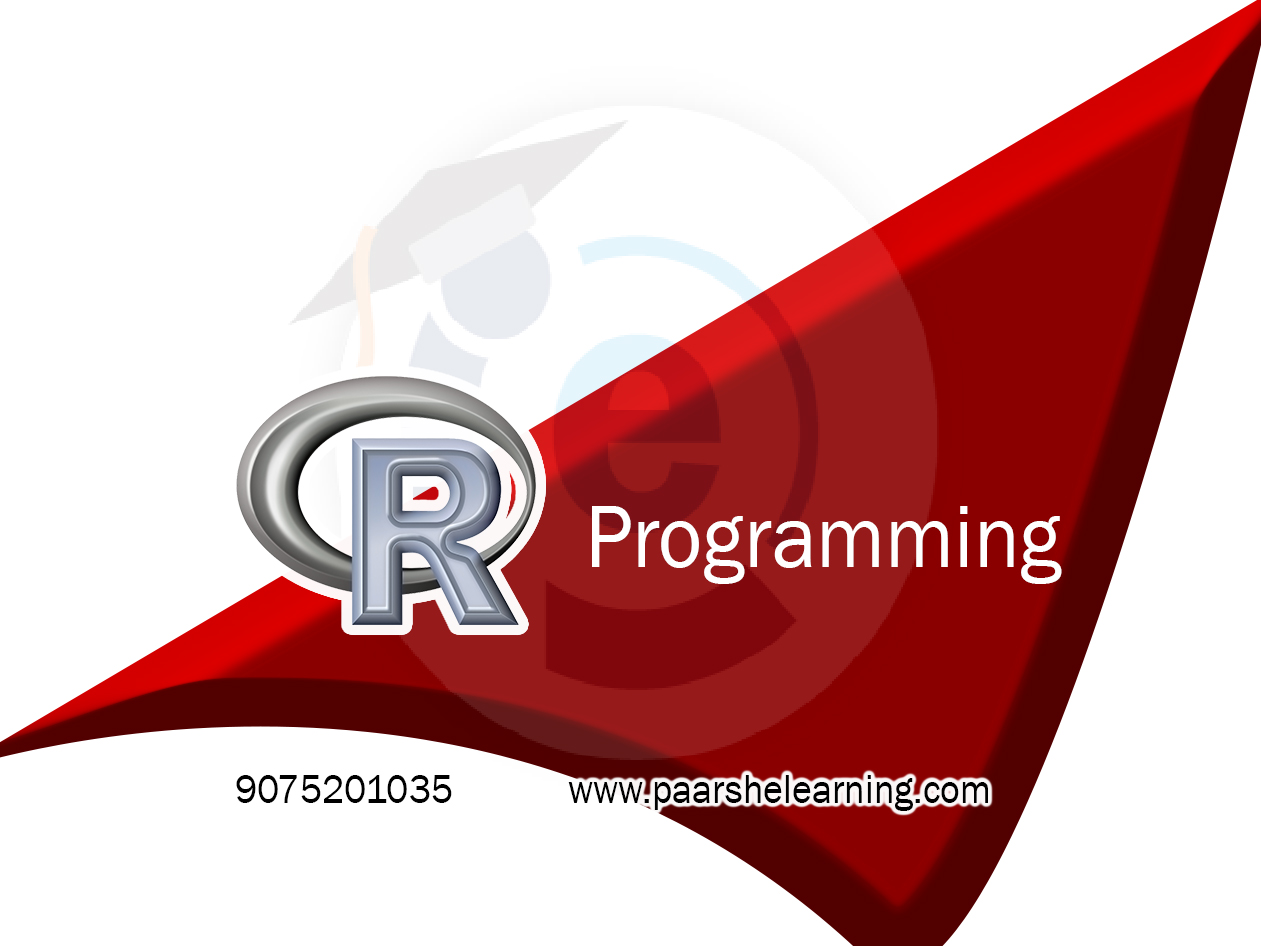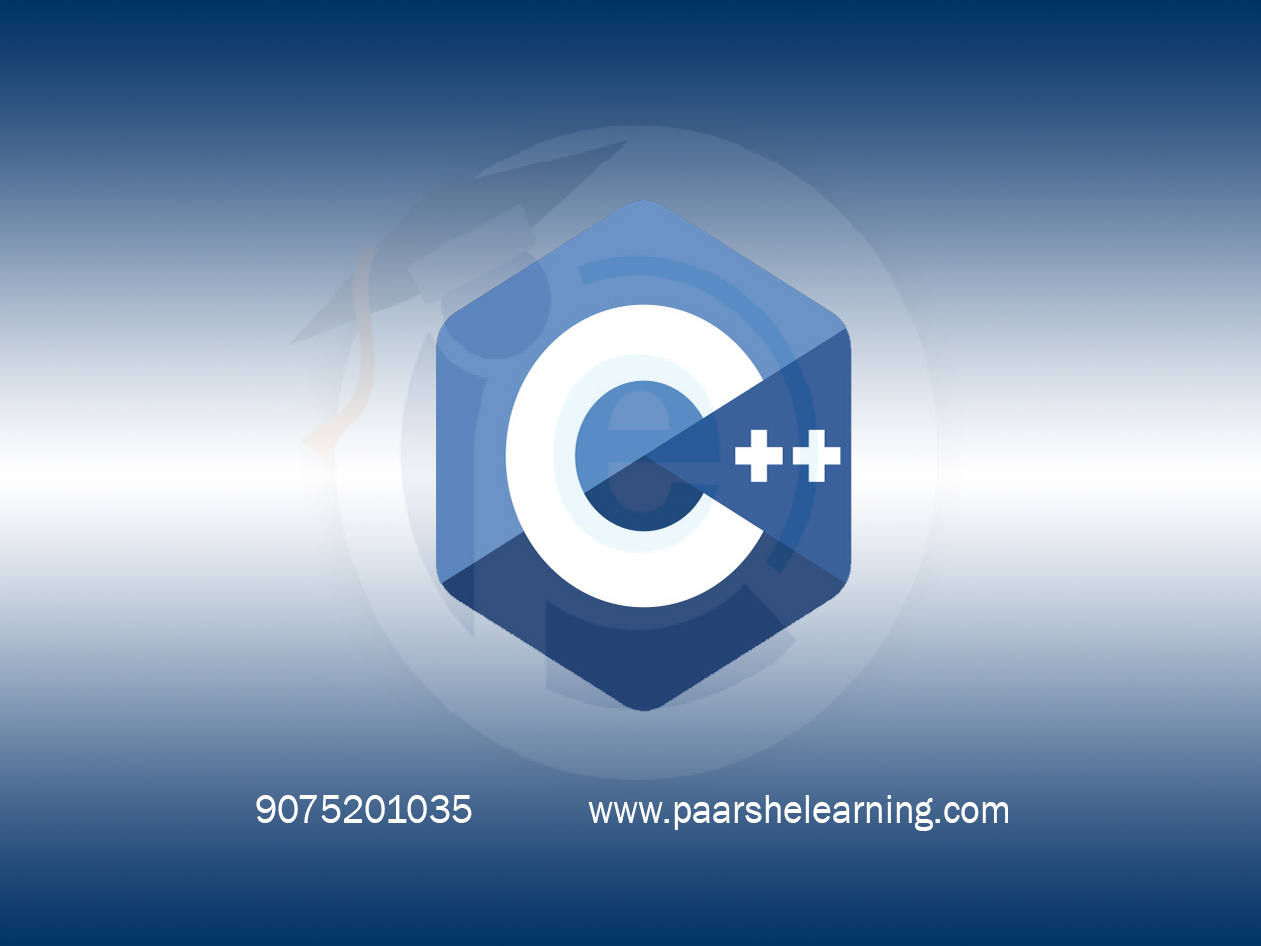- Determine your level: Some R courses are designed for beginners, while others are more advanced. Determine your current level of knowledge and choose a course that matches your needs.
- Look for comprehensive courses: Choose courses that cover a wide range of topics, including R syntax, data manipulation, data visualization, statistical modeling, and machine learning. A comprehensive course will provide you with a solid foundation in R and prepare you for more advanced topics.
- Choose courses that fit your learning style: Consider whether you prefer video lectures, interactive exercises, or written materials. Choose courses that fit your learning style and provide you with the resources you need to succeed.
- Check the instructor's credentials: Look for courses taught by experienced instructors who have a background in data science or statistics. Check the instructor's credentials and reviews from past students to ensure you're learning from a reputable source.
- Look for hands-on practice: Choose courses that provide you with opportunities to practice your R skills through exercises, projects, or assignments. Hands-on practice is essential for developing your skills and applying what you've learned.
- Consider the course length and format: Choose courses that fit your schedule and preferred learning pace. Some courses are self-paced, while others have a set schedule. Some courses are short, while others are more in-depth.
- Check for certification options: Some R courses offer certification upon completion, which can be useful for showcasing your skills to potential employers. Check for certification options and whether they align with your goals.
R Language
Course description
The R programming language is a widely-used programming language and environment for statistical computing and graphics. It is especially popular among data scientists, statisticians, and researchers for data analysis, visualization, and statistical modeling. If you're interested in learning R, here are some tips for getting started:
-
Familiarize yourself with basic programming concepts: If you're new to programming, it's helpful to understand basic programming concepts such as variables, data types, control structures, and functions. Many programming concepts are transferable across different programming languages, including R.
-
Learn R syntax: R has its own syntax and unique set of operators, functions, and data structures. Familiarize yourself with R's syntax and basic operations, such as data manipulation, data visualization, and statistical analysis.
-
Practice with R packages: R has a rich ecosystem of packages that extend its functionality for specific tasks. Learn how to use popular R packages such as dplyr for data manipulation, ggplot2 for data visualization, and caret for machine learning.
-
Work with data: R is particularly powerful for data analysis and manipulation. Practice working with different types of data, such as importing data from various sources, cleaning and transforming data, and performing basic data analysis tasks.
-
Use R documentation: R has extensive documentation available online, including help files, tutorials, and manuals. Make use of these resources to learn about R's functions, packages, and best practices.
-
Practice with real-world projects: Working on real-world projects can help you apply what you've learned and build practical skills. Look for opportunities to work on projects that involve data analysis, visualization, or statistical modeling using R.
-
Join R communities: R has a strong community of users and developers who are often willing to help and share their knowledge. Join online forums, social media groups, or local meetups to connect with other R users and learn from their experiences.
-
Keep learning and experimenting: R is a constantly evolving language, so keep learning and experimenting with new techniques, packages, and best practices. Stay updated with the latest developments in the R ecosystem and continue to build on your skills and knowledge.
Remember, learning a programming language like R takes time and practice. Be patient with yourself and keep practicing to develop your skills and expertise in R.
What you will learn from this course?
This course includes!
- Daily Live session
- Access on Mobile and TV
- Certificate of completion
- Recommendation Letter
- Free lifetime access
- Resume building sessions
- 100% Job Placement
This course is for
- Data analysts: R is a powerful tool for data analysis and manipulation, making it a popular choice among data analysts. An R course can help data analysts improve their skills in data management, data visualization, and statistical analysis.
- Researchers: R is widely used in academic research for statistical analysis, data visualization, and modeling. Researchers in fields such as social sciences, life sciences, and economics can benefit from learning R to conduct data analysis and visualization.
- Statisticians: R is a popular tool for statisticians for statistical computing, modeling, and visualization. An R course can help statisticians improve their skills in these areas and stay up-to-date with the latest developments in statistical computing.
- Business professionals: R can be used to analyze business data and make data-driven decisions. Business professionals who work with data can benefit from learning R to improve their skills in data analysis and visualization.
- Programmers: R can be used in conjunction with other programming languages such as Python and SQL to perform data analysis tasks. Programmers who are interested in data science can benefit from learning R to expand their skills and knowledge.
Prerequisites for this course
- Basic computer skills: You should have basic computer skills, including familiarity with file management, using a text editor, and installing software.
- Understanding of statistics: R is a statistical programming language, so having a basic understanding of statistics is helpful. You should have knowledge of concepts such as mean, median, mode, standard deviation, and hypothesis testing.
- Familiarity with programming concepts: R is a programming language, so having some familiarity with programming concepts such as variables, functions, loops, and conditional statements is useful.
- Familiarity with data types and structures: R works with various data types and structures such as vectors, matrices, data frames, and lists. Familiarity with these data types and structures is helpful.
- Familiarity with data analysis concepts: An understanding of data analysis concepts such as data cleaning, manipulation, and visualization is beneficial.
- Optional: Familiarity with other programming languages: Knowing other programming languages such as Python or SQL can be helpful for learning R.
- These prerequisites are not mandatory, but they can make your learning experience smoother and easier. If you're new to programming or statistics, you might consider taking an introductory course in these subjects before starting an R course. Many R courses also offer introductory materials to help you get up to speed with Paarsh E-Learning
R Language Syllabus
-
Introduction To R Programming
Understanding the importance and applications of R Setting up the R development environment (RStudio) Basics of R syntax and structure Writing and running your first R script
-
Variables, Data Types, And Operators
Introduction to data types: numeric, character, logical, etc. Working with variables, vectors, and matrices Using arithmetic, relational, and logical operators Indexing and subsetting vectors and matrices
-
Data Manipulation With Dplyr
Introduction to the dplyr package for data manipulation Using functions like filter, select, mutate, and summarise Arranging and grouping data using dplyr verbs Piping operations using the %>%
-
Data Visualization With Ggplot2
Introduction to the ggplot2 package for data visualization Creating scatter plots, bar plots, line plots, and histograms Customizing plots with themes, colors, and labels Combining multiple layers and facets in plots
-
Exploratory Data Analysis (eda)
Summary statistics and descriptive analysis Exploring data distributions and outliers Creating box plots, density plots, and heatmaps Using the lattice package for additional visualizations
-
Statistical Analysis With R
Introduction to hypothesis testing and p-values Conducting t-tests and chi-square tests Performing correlation and regression analysis Understanding ANOVA and non-parametric tests
-
Working With Time Series Data
Handling time series data in R Using the lubridate package for date-time manipulation Creating time series plots and seasonal decomposition Introduction to forecasting methods in R
-
Introduction To Machine Learning With R
Overview of machine learning concepts Using the caret package for machine learning workflows Implementing classification and regression models Evaluating and tuning model performance
-
Paarsh E-Learning encourages hands-on practice, assignments, and projects throughout the course to reinforce students' understanding of R programming concepts. Assign projects that gradually increase in complexity to challenge their skills. Cover both theoretical concepts and practical data analysis exercises to provide a well-rounded learning experience.






